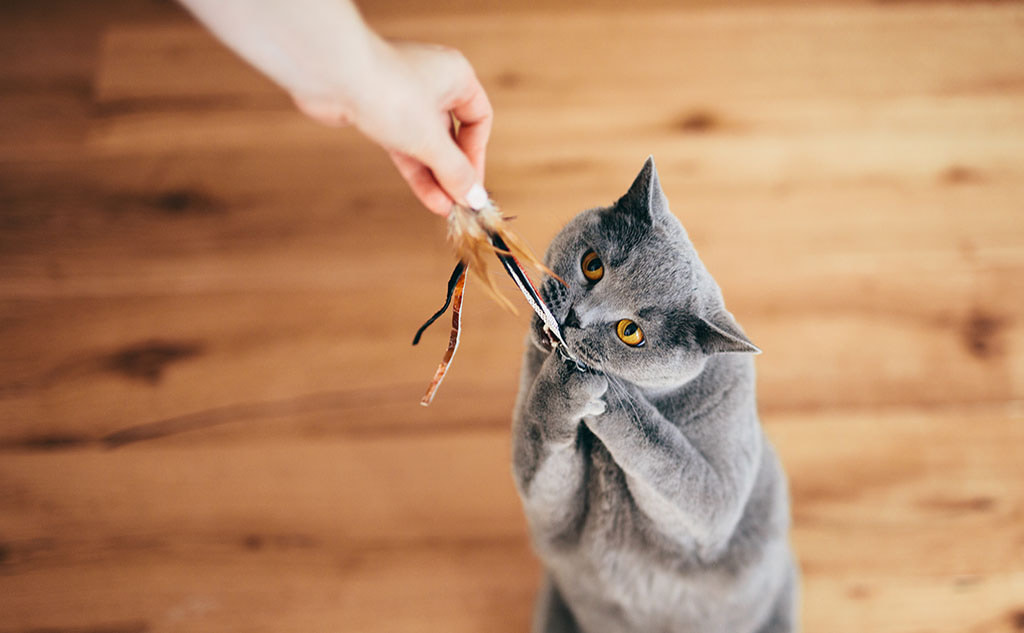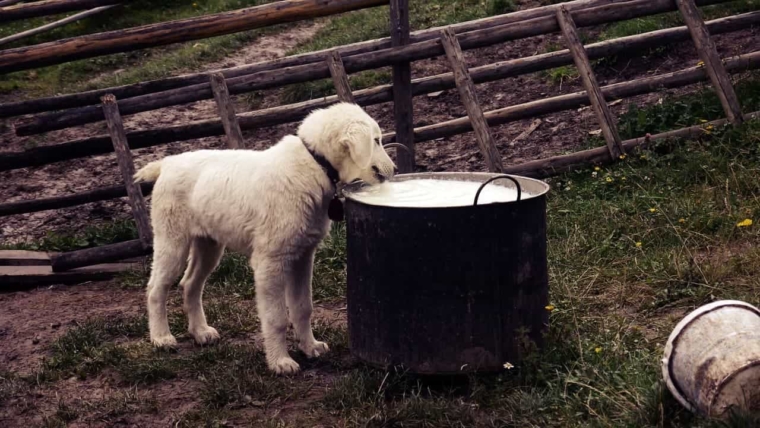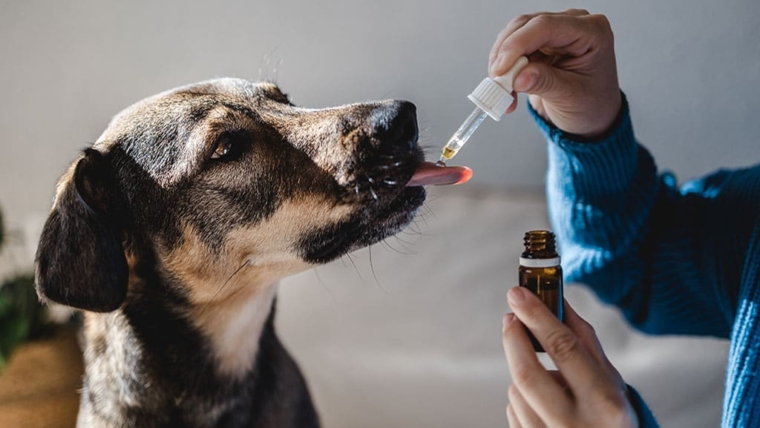
A cat’s life at home is different from life in its natural environment. For a pet to be healthy and feel happy, you need to pay attention to proper nutrition and physical activity. Read our article about how a cat’s activity changes with age, how to play with it at home and what to feed it to keep it in good shape.
A cat’s way of life in its natural environment
In the wild, cats follow a certain routine: nighttime predators hunt and explore territory, and daytime they rest and sleep. At night it is easier to track down prey and stay unnoticed, so the dark time of the day is the most active time for wild cats.
After eating, the animal sleeps, gaining strength before the next hunt and digesting food. A cat doesn’t eat its prey all at once: it hides it in a hiding place and comes back several times to refresh itself.
At night, cats are not only preoccupied with their food: they go around their territory to check if a rival has entered. To mark their territory they use scent tags. Moreover, animals mark their territory not only with their urine but also with their bodies: they have glands on their sides and on their snouts which also have a specific smell. Cats also leave their claw marks on trees – this is their way of letting other animals know that their territory is occupied and that their master will not tolerate uninvited guests.
Wildcats also take much time for personal hygiene. Licking their fur is essential for successful hunting and for their own safety. When washing before hunting, a cat masks its scent from its prey and afterwards from other predators who can smell blood. Also, the evaporation of saliva helps cats cool down during the heat and feel comfortable.
The way of life of cats at home
Domestic cats have inherited many habits from their ancestors. They also mark their territory, prefer to rest after eating and hunt through active games.
In an apartment they spend less time exercising: all their vital resources are readily available, and they don’t have to work hard to get their food. Not paying enough attention to keeping the pet active increases the chances of health problems: the lack of physical and intellectual exercise (for example, games that simulate the process of hunting) can lead to boredom, anxiety and an increased appetite.
To keep your cat active and curious the space in the house should be as close to its natural environment as possible. Give the cat access to elevated areas, separate eating and toileting areas, and provide quiet sleeping and resting areas.
Cat activity by age
A pet’s level of physical activity depends on both temperament and age. Let’s look at this in more detail:
0-6 months of age.
Young kittens are very playful and inquisitive. They eagerly explore the territory, adopt the necessary skills from their mother and grow quickly. Kittens have a lot of energy, so they spend their free time playing games. In the wild, they learn the rules of hunting and survival through play, so play is an integral part of growing up. Providing kittens with toys, making the space in the house safe, and taking part in feline antics is enough to keep them active.
7 months-2 years.
In this interval, the cat becomes calmer: its territory is explored, the rules of conduct in the house are clear, and a common language is found with the owners. But development continues: both physically and mentally. The cat remains playful and no special efforts are required to keep it active: the domestic predator will gladly frolic with balls and feathers and will still enthusiastically observe people from the height of the kitchen cupboard.
Puberty begins at six months of age and if you opt to have your puppy neutered or spayed you’ll need to take his activity level seriously. Neutered pets tend to put on weight and move around less. So you’ll want to encourage him to get some “exercise”, in the form of short but strenuous games.
To keep him healthy, you need to watch his caloric intake. Kinpur Lysine Cat Treats Immune Support helps you take care of your cat’s health. Quality ingredients and ideal proportions of nutrients support the natural immunity of cats and kittens, and promote proper brain development and vision.
3 years-6 years.
At this age, cats are in full bloom. They reach their maximum length and height and consolidate habits learned in childhood and adolescence. Cats begin to behave “in an adult way”: they have their own habits and a set routine, which must necessarily include games.
Lack of interest in toys can be a signal of health problems. Even adults, it is important to satisfy their need to hunt, and for this, the home space should be interesting for the pet. We advise pleasing the cat with new toys and making the space available not only horizontally but also vertically.
7-10 years old.
Adult cats become more passive and prefer to devote more time to rest. The owner needs to monitor the cat’s activity level and adjust nutrition if the energy received is not spent during the day.
11 years and older
At this age, cats are considered elderly. At this stage, the main task of the owner is to keep the pet healthy and arrange the home according to its needs. For example, many cats suffer from arthritis in old age and are unable to get into the litter box or their favorite house. All resources should be arranged so that the pet can use them comfortably.
Sometimes elderly cats do not mind playing as well: the main thing is to watch the workload and not to make the cat run if it shows signs of fatigue.
Maintaining optimum weight for health
For your pet to live a long and happy life, you need to keep him active. Physical exercise will keep them in great shape, and intellectual exercise will relieve boredom and anxiety.
The weight norm of cats varies according to their age, breed and sex. To monitor her weight, she should be weighed and inspected periodically. When the weight is normal, the ribs are palpable and there is a small layer of fat that does not interfere with distinguishing each rib individually. The pelvic bones and sternocostal joints are not visible, but can be easily felt on examination. The waist is also clearly marked, and there is a small layer of fat on the abdomen.
Overweight has a negative effect on health: fat penetrates structures of organs and remains on their surface, increasing stress on the cardiovascular system and joints.
If a cat or cat begins to gain weight, you should review its diet with your veterinarian and add exercise to its daily routine.
Shifting the activity period from night to day
Many cats tend to stay awake at night. This habit is inherited from their ancestors: it is at night that wild cats prefer to hunt and walk, as dusk helps them to be invisible. Also, a cat can walk at night if it doesn’t expend energy during the day or if it goes to bed hungry.
If a pet’s activity interferes with rest, its biological clock can be adjusted. First, you need to figure out the reasons for the nighttime lifestyle. Perhaps you come home late and the cat, who has been bored all day, is trying to pay attention. Or the daytime in the apartment is too noisy, due to which the animal prefers night “escapades”, so that no one disturbs him.
If the reason is the lack of attention, try to communicate with the pet more often, play with him, take him in your arms and pet him. Playing will help him release his energy and create an emotional bond between you.
Don’t overfeed before bedtime and put its bowl away at night. Also, don’t start the morning with a feeding, otherwise the pet will deliberately wake you up to get the food.
Don’t close off rooms that you can walk in during the day at night. A cat’s territory is very important to her, and she will try to regain control of closed rooms at night.
Remember that a cat or cat’s activity depends not only on itself, but also on the attention and participation of the owner. Allow time for communication, arrange the home space so that the cat can fulfill its natural instincts, and take care of the right diet. Then the cat will be active and healthy, and will live a long and happy life.


